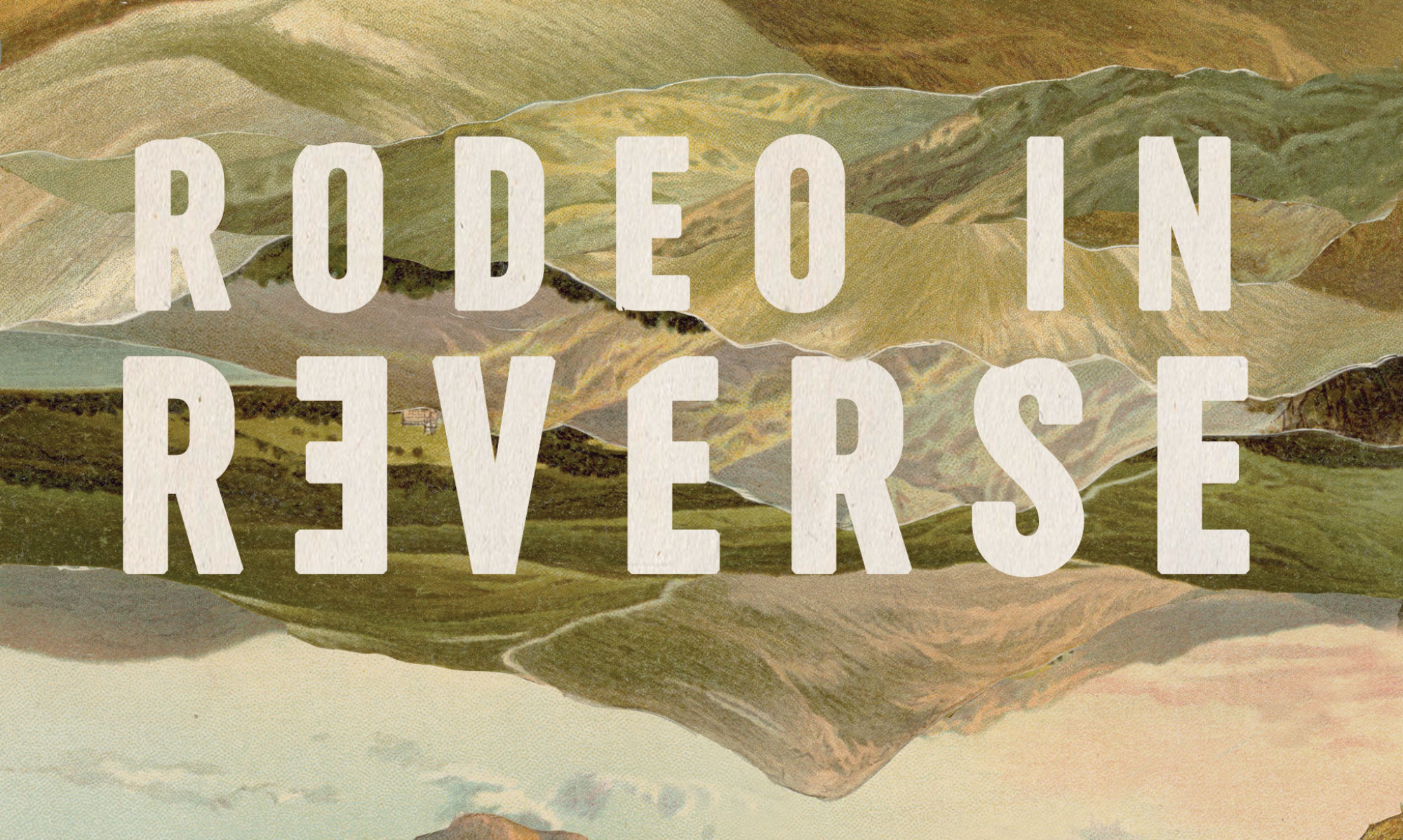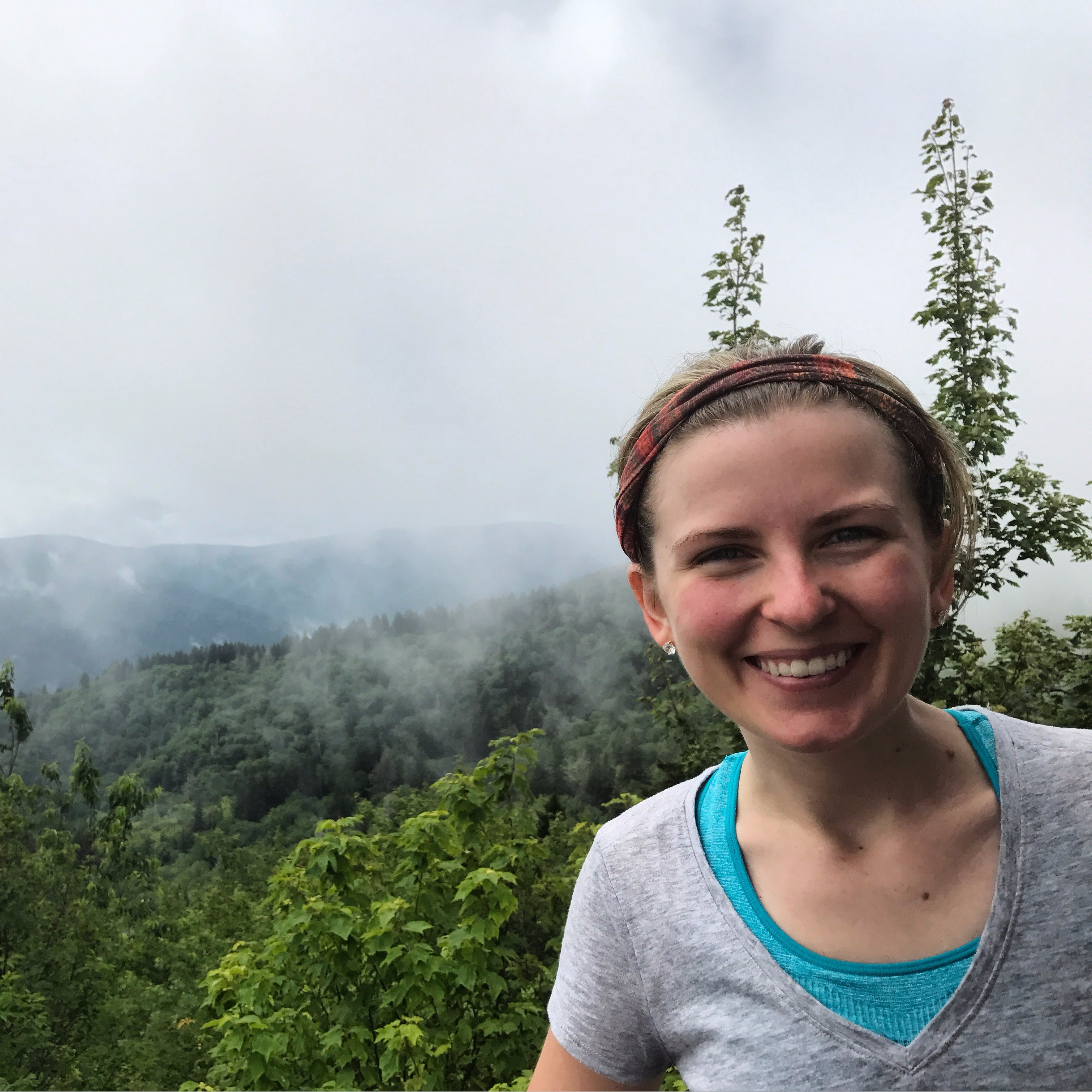
After working on my own manuscript in what seemed like in total solitude the past several years, I realize I need to get back to reading more poems. Now that my book’s getting published, the whir of excitement was quickly followed by the clunk of recognition: It’s time to return to reading new poetry. I miss it. I don’t recognize it (in a nice way). I’m starting this monthly post in an effort to read more and think more deeply about new poems, and also to share ones that I find especially resonant.
Selection from Rosalie Moffett’s Nervous System
I’ve enjoyed collecting the bits and pieces of this longer work as I’ve seen it spin out and out over the past year or so (more?) in journals. This piece features a spider dream that the speaker interprets to being about her mother and her mother’s health. As the mother’s health deteriorates, doesn’t some part of the speaker?
… the idea of a spider the brain holds
like a lit match, a little request
for venom, a little
like my mother: her blue arm, her selfwhich held my self, an idea
of me, until I was real.
Facticity holds this poem (and its speaker) together: spider facts, Google-able dream interpretation facts, dog agility facts. It moves between a tender honesty, a searching frankness, a speaker who wants to be told how it really is while maybe avoiding how it really is if how it really is is too bad. I love this poem, in all its pieces, especially this one. (Also, I cannot get the lineation right on this (Coding!), so please do read the whole poem as it’s written.)
Read the rest here at Beloit Poetry Journal.
If you like it, buy her collection June in Eden.
*Rosi is a friend, but isn’t it great when you can admire a friend’s work?
Allison C. Rollins’ “Word of Mouth”
This floored me. I read it in the print issue on a Friday night after seeing someone on Twitter hyping it. (See? Twitter is not a total waste.) It tells the history of America and a life through teeth, beginning with George Washington’s (the facts about his false teeth are incredible), and takes us (where else?) but to memory and to the library, where the speaker tracks changes and thinks of faces as abacuses, of her mother and grandmother, of the future through the past. This poem sews together beauty and ugliness or rather, just refuses to separate them, which is one of the best (truest) things maybe an artist can do. “The darkening of fractures is rather curious,” the speaker says, and I’m still thinking about the fractures in my understanding of history and the fractures in this poem—the two places where it stops to begin a new section.
… The forgetting makes the
present tense possible. Memory is the gravity
of the mind. All the icebergs have started to
melt, milky objects left hanging by a
string, the doorknobs means to an end.
Erika Sanchez’s “Saudade”
For my own learning purposes, I’m especially interested (though haven’t yet parsed out) how this poem builds and moves. This sensual stunner begins in ordinary (if synesthetic) moments in “the republic of flowers”—rain sounds, hanging clothes—and ends with this marvel of language and texture and image:
… sealed honey never spoils
won’t crystallize I saw myself snapping
a swan’s neck I needed to air out
my eyes the droplets on a spiderweb
and the grace they held who gave me
permission to be this person to drag
my misfortune on this leash made of gold
I first read the word saudade, a Portuguese word without a direct translation into English, in a note almost 10 years ago. (It actually appears a few times in my forthcoming book.) Since, I’ve been drawn to it wherever I hear or see it.
Lessons on Expulsion is headed to my mailbox stat. Take my money.
Katie Condon’s “On the Seventh Day God Says: What You’ve Got Is Virgin Charm & a Knife in Your Pocket.”
When I read this poem I laughed, gasped, and sighed. It was a really weird noise. Appropriate, as this is a poem of great weirdness. The speaker has the kind of intimacy with God that allows for irreverence, but still, at the end of the day, if only half-heartedly, haphazardly, but maybe with a little wishing, still telling God what you want—maybe just in case. Haphazardly because, well, God never gets it right. Or God does but a little too. This poem, maybe also like “Saudade,” and maybe not, is about the nostalgia for something that never was or at least that won’t be again. How nostalgia (both looking forward and back, as Rollins’ poem reminds me “Memory is about the future, not the past“) is inherently sensual, corporeal, and a little lonely.
God says, Thou shalt not kill.
& I’m like, But what about with my eyes.I never asked for the capacity to love
ugly things, but here I am.
…
I say, I like my men smooth & far away, reticent
as a bookshelf.& God butts in: I can do that for you.
Read all of this poem at BOAAT.
*Katie is also a friend. Here, too, grateful to be in the position of admiring a friend’s work.
Selection from Wendell Berry’s “Prayers and Sayings of the Mad Farmer”
Here’s one of my great-aunt’s favorite poems and now one of mine. The last year has been a bit rough, and this is one that I might as well get tattooed on the back of my eyelids, except it’s small enough to learn by heart quickly and big enough to fill it.
When I rise up
let me rise up joyful
like a bird.When I fall
let me fall without regret
like a leaf.


















